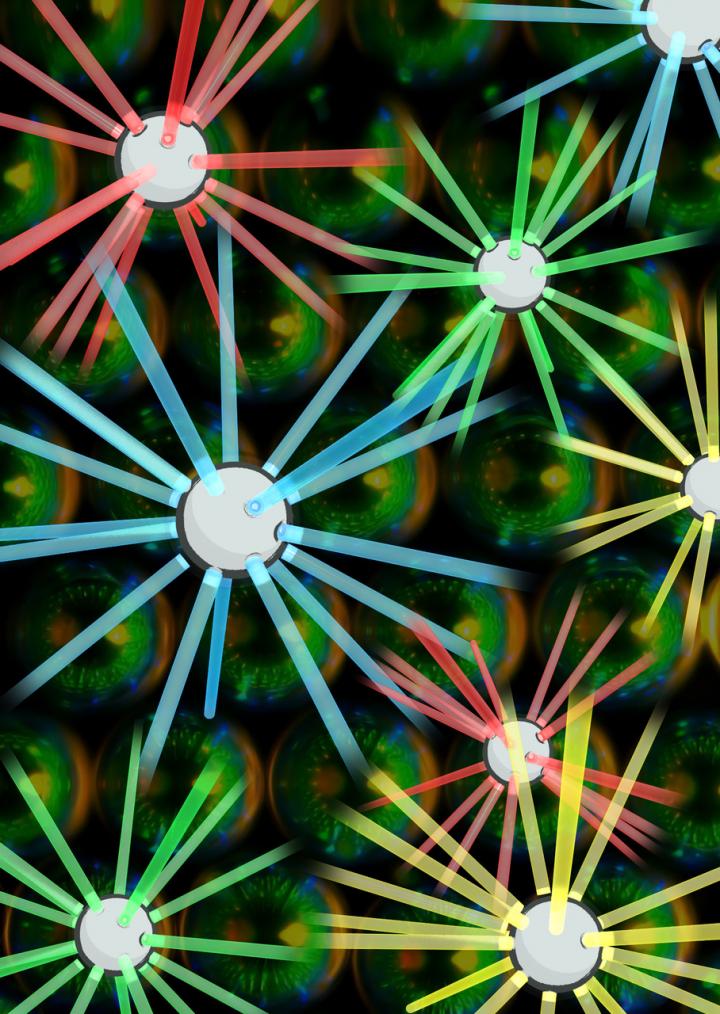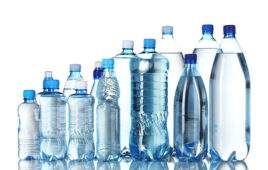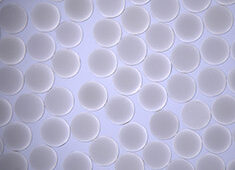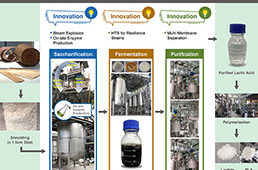
“Smart” material enables novel applications in autonomous driving, robotics, and sensor technology. Credit: University of Luxembourg
A team from the University of Luxembourg has discovered the potential of liquid crystal shells in a number of new applications, including autonomous vehicles, anti-counterfeiting technology and a new class of sensors.
Liquid crystals are in a state between a solid and a liquid and are commonly used in television screens. Spherical shells of liquid crystals are tunable from the ultraviolet (UV) to the infrared range, with complex patterns arising when many of them are brought together.
They are only fractions of a millimeter and can easily be applied to surfaces. The shells can highly selectively reflect light and can be arranged into patterns that are readable for machines like a QR code to add coded information to objects. “These patterns could be used to guide autonomous vehicles or to instruct robots when handling workpieces in a factory,” Professor Jan Lagerwall said in a statement. “This could become important especially in indoors applications where GPS devices don’t work.”
According to the study, in order to prevent the shells from collapsing, the researchers added surface‐active stabilizers to the isotropic phases.
Liquid crystal shells are manufactured to reflect certain wavelengths of light, including infrared, that are invisible to the human eye. The liquid crystal shells reflect light omnidirectionally—where the same pattern is seen regardless of viewing angle and can even be read by moving objects.
The shells can also be manufactured to change their structure when they are exposed to certain external impacts like pressure, heat or specific chemicals.
When combined with computers to interpret the changes, the shells can be used as sensors that passively react to external impacts and do not need electricity and batteries.
For example, pressure sensors in the fingertips of robots could enable tactile feeling that is currently difficult to achieve. Liquid crystal shells could also be used in fire exit signage on walls inside buildings that only become visible when the temperature exceeds a certain threshold.
Another use for the new shells will be in anti-counterfeiting technology, as the micropatterns that emerge when the shells are brought together are unique and impossible to copy. The unclonable patterns could be used to create uncopiable identifiers that can be attached to valuable objects.
In combination with cryptographic tools, they could be used to create a system that ensures that a buyer or user has the original and not a counterfeited product.
“Our hope is that the article can stimulate future research on liquid crystalline materials into new directions that are in line with the current societal developments,” Lagerwall said.
The study was published in Advanced Materials.




